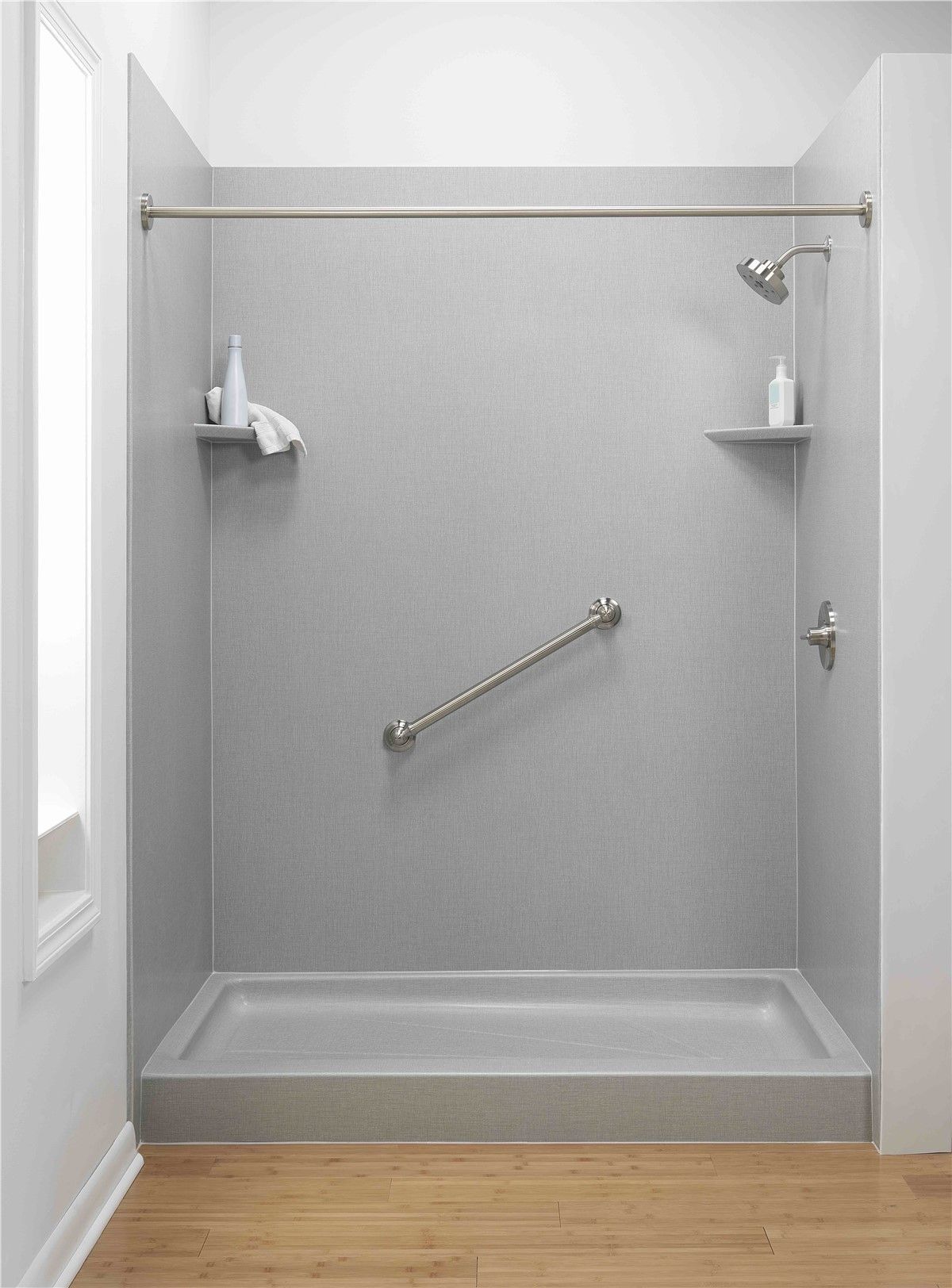Choosing the Right Bathtub Replacement for Older Homes in Southern Maine
When renovating older homes in Southern Maine, one key element often overlooked is the bathtub. Yet, this single fixture can dramatically affect both the functionality and aesthetic of your bathroom. Choosing the right bathtub replacement requires careful consideration of the home's historical value, the specific needs of the occupants, and the structural limitations inherent in older constructions. In this guide, we will explore how to select the perfect bathtub that respects the integrity of your historical home while providing modern comfort and efficiency.
Why Replace Your Bathtub?
Replacing a bathtub in an older home can be motivated by several factors. Firstly, the existing bathtub might be showing signs of wear such as chips, cracks, or persistent leaks that are beyond simple repair. Secondly, energy efficiency concerns may prompt an upgrade, as newer models are better designed to conserve water and maintain heat. Lastly, aesthetic updates can play a significant role; a new bathtub can transform the look of a bathroom, aligning it with a more contemporary or desired historical period style, thereby enhancing the overall appeal and value of the home.
Types of Bathtubs Suitable for Older Homes
Choosing a bathtub for an older home in Southern Maine means considering both style and functionality to complement the home’s character. Here are some popular options:
- Clawfoot Tubs: These tubs are quintessential in historical homes, known for their elegant, vintage look and freestanding design. They can be a focal point in any bathroom, offering a touch of timeless charm.
- Alcove Tubs: Ideal for more compact spaces common in older homes, alcove tubs are surrounded by walls on three sides and often feature a shower combination. This type is practical and continues to be a traditional choice for renovations.
- Walk-in Tubs: For those seeking accessibility, walk-in tubs provide a safe, comfortable option with features like low-threshold entry, seating, and non-slip floors, crucial for aging residents or those with mobility issues.
- Materials: When selecting a tub, the material is as important as the type. Acrylic and fiberglass are lightweight and easy to install, making them good choices for homes with structural limitations. Cast iron, though heavier, offers a more authentic look and durability, aligning well with the aesthetic of historic properties.
Considerations When Choosing a Bathtub
Selecting the right bathtub for an older home in Southern Maine involves several considerations:
- Size and Space Constraints: Older homes often have unique layouts with smaller or irregularly shaped bathrooms. Measuring the available space is crucial before choosing a tub that fits comfortably without overwhelming the room.
- Plumbing Considerations: It’s essential to ensure that the new bathtub is compatible with existing plumbing. Older homes might need adjustments or updates to plumbing fixtures to accommodate modern bathtubs without compromising the structural integrity of the building.
- Aesthetic Harmony: The bathtub should complement the architectural style of the home. For homes with rich histories, finding a style that echoes the era of the house can add to its charm and authenticity.
Installation Tips
Installation of a new bathtub in an older home can be challenging. It is often advisable to hire a professional who understands the complexities of working within historical structures. Professionals can navigate issues like floor leveling, old plumbing, and non-standard bathtub dimensions. For those considering a DIY installation, it’s essential to thoroughly research and prepare, as unexpected challenges can arise when working with older home constructions.
Frequently Asked Questions
- What is the best type of bathtub for a historical home? Clawfoot and alcove tubs generally fit well with the aesthetics and space constraints of historical homes.
- How much does bathtub replacement cost in Southern Maine? Costs can vary widely, typically ranging from $1,000 for basic models and installation to over $5,000 for high-end materials and complex setups.
- How do I choose a plumber or contractor for installation? Look for professionals with experience in older homes and good reviews or recommendations from other home restoration projects.
Choosing the right bathtub for your older home in Southern Maine involves balancing historical authenticity with modern convenience and safety. By considering the types of bathtubs available, assessing your space and plumbing needs, and choosing the right materials and installation experts, you can significantly enhance your bathroom’s functionality and aesthetics. Embrace the process to ensure your new bathtub is a fitting addition to your home’s heritage and your lifestyle.
Blog






